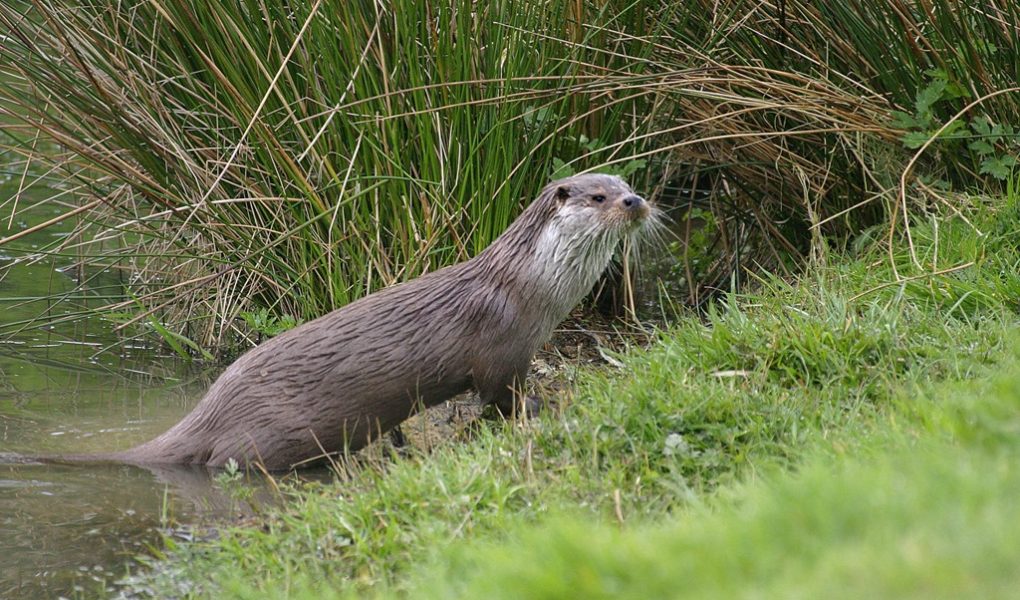European Protected Species are plants and animals that are protected under the Conservation of Habitats and Species Regulations 2010. In the UK, these species include water voles, great crested newts, bats, badgers, dormice, white clawed crayfish and otters.
Many Ecological consultancies can perform surveys and services for these species and many others.
In the case of badgers, a consultant will do a walkover survey of an area to look for signs of badger activity before any building work starts. This is to avoid any harm to the badgers or their setts. The survey might also look at how to build around the badger setts, or how to build artificial setts away from the building works, as well as the design and installation of under-road walkways and wildlife corridors.
If there are any setts on a potential building site, the consultant can assess how the work is likely to affect the animals and advise the builders about design and mitigation methods. The developer will also need a licence from the appropriate government body, which is something the consultancy can help with.
The same sort of method is used for otters, another protected species. A walkover survey looks for otter activity and usage before any construction work starts. If otters, or evidence of otters, are found, then the developer will need to look at ways to build without disturbing the animals or their habitat. Again, a licence will be needed before work can start, and the consultant will look into ways of helping the otters, by making sure the building works take them into account. The animals might be helped along, like badgers, with underpasses and wildlife corridors, as well as the creation of artificial holts (otter burrows).
Ecological consultants are often on the look-out for great crested newts, as there’s a lot of legislation about this amphibian. If there is a body of water either within the proposed building site, or within 500 meters of it, then a survey to is legally required.
If the newts are found, then the consultants need to find out how many animals there are in the habitat, then make arrangements to move them to a nearby area that’s just as safe and suitable. This can take as long as 90 days, and the team has to make sure that no newt is left behind!




